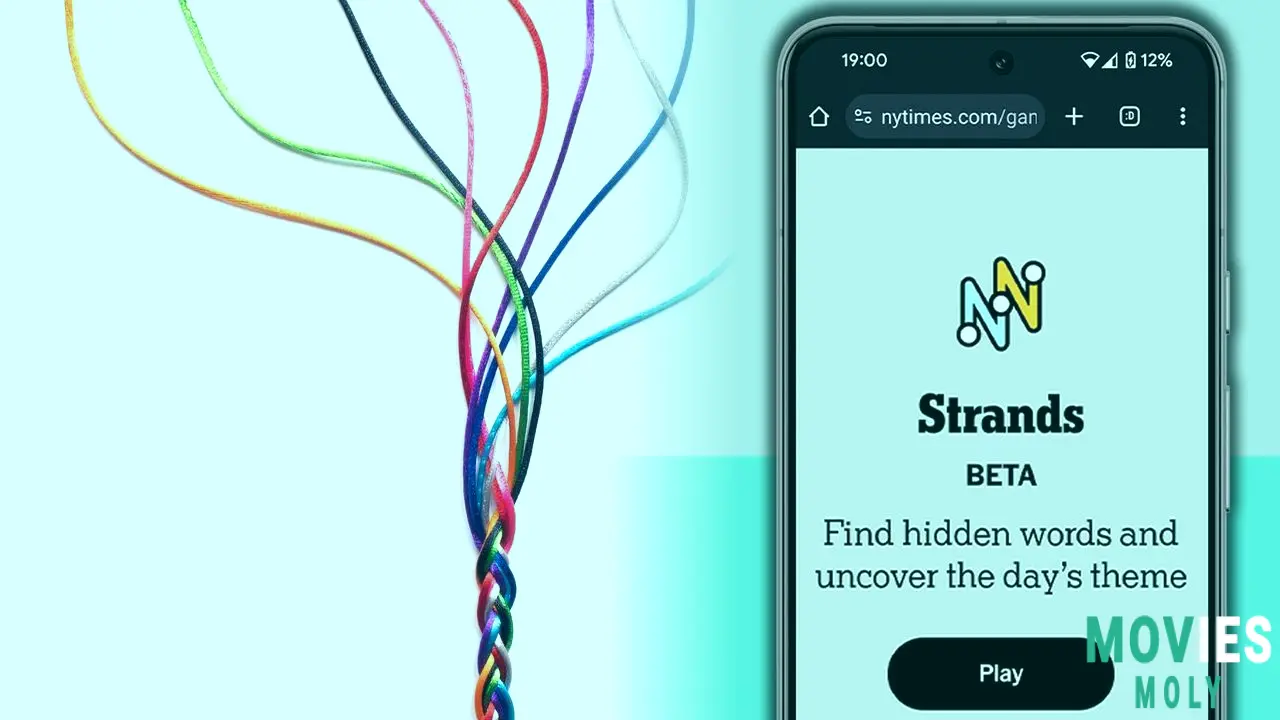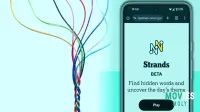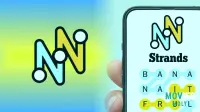If you're anything like me, you may have felt a little extra something while attempting to solve the Nyt Strands Puzzle today, June 18. The theme was "downtime." I immediately wondered if this signified a nice getaway or something more... depressing. As it turned out, the puzzle relied significantly on the second approach. It really got me thinking about all the numerous ways we describe feeling down. The game has a way of making you think, and today it got me thinking a lot about feelings.
Strands is a word game from The novel York Times that takes a novel spin on traditional word searches. You're handed a grid of letters. To find words, connect related letters. These links can go up, down, left, right, or diagonally. Words can also shift orientation as you trace them. Every letter in the grid becomes part of an answer. There is usually a theme that connects all of the words. You also need to find a "spangram." This is a special word or phrase that encapsulates the day's topic. It also spans the entire grid, either horizontally or vertically.
The game provides a suggestion that is not always evident. It does not include a word list. As a result, Strands is a brain teaser that takes longer to complete than games like Wordle and Connections. If you identify three words that are not part of the theme but are acceptable words with at least four letters, you will receive a clue. Clicking this displays the letters for one of the theme words. It can be really useful when you are stuck. Today, I found myself need such assistance more than once. The theme was clear, but some of the terms were not.
Identifying the "Down Time" theme and the words that expressed it allThe Many Ways We Express Feeling Down, From Simple Blue To More Complicated Terms.
The official hint for today's Strands puzzle was simple: downtime. Then, for extra assistance, it added: Not too happy. This immediately made me realize that "down time" here meant feeling depressed, not taking a break. There were seven theme words to find today. This includes the Spangram. As I started looking, I realized the words would convey varying degrees of melancholy. It made me think about how many different ways we can express these feelings. It takes more than one word to express sadness.
The puzzle seemed to invite me into a particular mood. It had me tracing letters to form words like BLUE. This seemed like a solid start. It is a frequent term for feeling melancholy or low. Then I discovered GLOOMY. This word reminded me of a foggy day or a dreary mood. It felt heavier than simply "blue." These words confirmed the theme for me. They were straightforward and direct means of discussing being sad. I frequently try to find the spangram early. Finding the first few theme words can make it stand out. This puzzle was no exception in that regard.
However, some of the words were more difficult to identify. I was pleased to discover TEARY. It is another simple method to express melancholy, reminding me of the tears in your eyes. But then I heard words that made me pause. There was MELANCHOLY. This one was snaking across the top of the grid for me. Longer words are generally more difficult for me to read. I had to really look for it. Melancholy has the feel of a deeper, longer-lasting melancholy. It is a mood that stays with you for a while, a contemplative type of sadness. Spotting it seemed like a minor accomplishment. It seemed like delving deeper into the puzzle's vibe.
Uncovering the Spangram and grappling with words I rarely use.
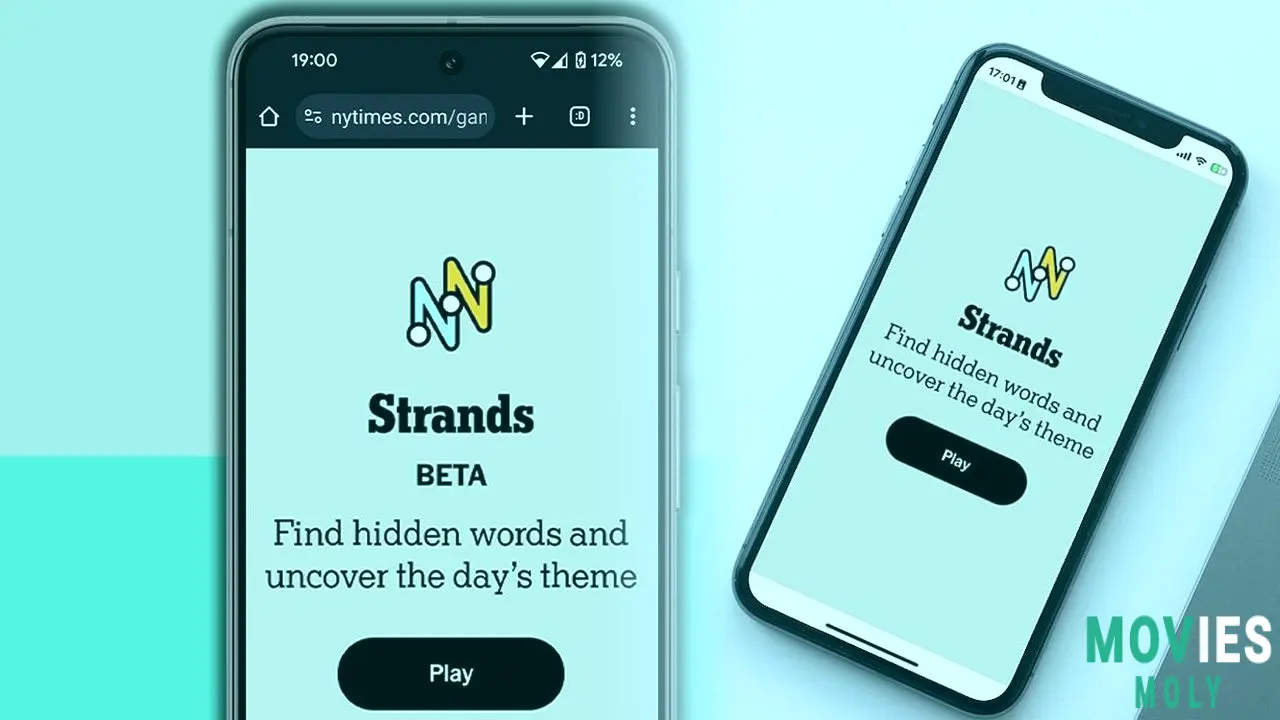
How a Few Tricky Terms Made Me Appreciate The Puzzle's Vocabulary Options
The spangram for today's puzzle was "SADNESS." Once I had BLUE, GLOOMY, and TEARY, SADNESS became obvious. It fits perfectly. It is the central emotion that binds all of the other words together. It is the basic and obvious response to the "Not too happy" hint. This word stretched over the grid, effectively summarizing the entire concept. It was satisfying to see it light up in yellow and connect everything.
But there were some words that really made me work. I admit that I probably wouldn't have figured out WOEBEGONE without guidance. I don't think I've heard that word much. It indicates appearing unhappy or melancholy. It's a really descriptive word, but one I don't use in ordinary conversation. The same applies to DOLEFUL. This word can also indicate "full of grief or sadness." It felt like a term from an old book. These words are undoubtedly valid. They complement the subject beautifully. But they definitely made the puzzle more difficult for me. Strands' use of uncommon terms never fails to astonish me. It keeps you on edge.
I also discovered FORLORN, which is another word for feeling wretched or abandoned. This word gave additional depth to the "down time" motif, implying loneliness alongside the grief. Strands are frequently distinguished by the use of more precise terms. The puzzle creators frequently add words that are not simple synonyms. They choose words that add nuance to the issue. It challenges you to think beyond the apparent. It reminds me how diverse our language is, even when discussing basic emotions.
My Overall Thoughts About Today's Strands Puzzle Experience and Its Impact
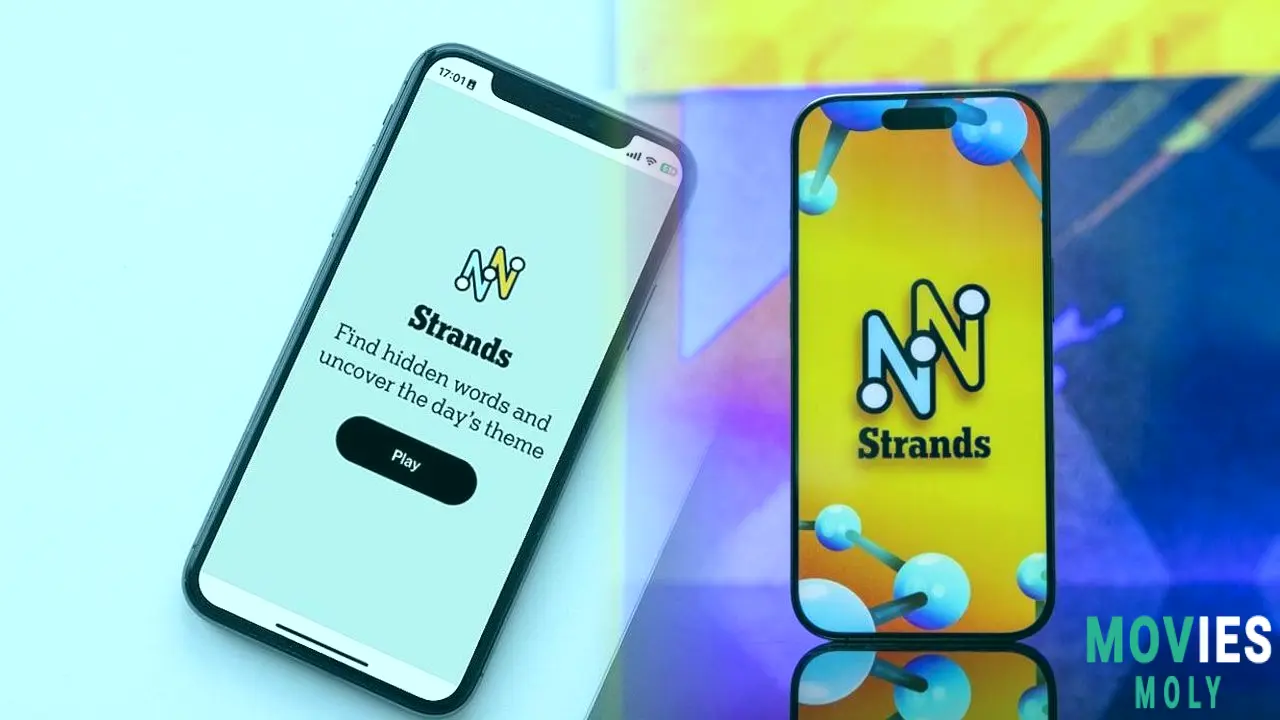
Reflecting on the puzzle's challenge and how it relates to our own emotions
Today's Strands problem was not the easiest, but it was definitely interesting. The "Downtime" theme was directly related to something we all feel. It's remarkable how a simple word game can elicit these types of thoughts. Finding terms like BLUE and GLOOMY seemed simple enough. However, meeting WOEBEGONE and DOLEFUL provided a good challenge. It demonstrates that the game is more than just locating words. It's also about considering their meanings and how they work together. This makes each day's puzzle more than just a passing distraction.
It's acceptable not to constantly be okay. Strands, for example, can force you to consider that concept for a while. To be thought-provoking, the puzzle did not have to be extremely difficult. The layout of the words and the requirement to discover every single letter make it gratifying to finish. I always feel a sense of success when the entire grid lights up. Even if it required some hints. This puzzle was an excellent reminder of how many words we have to explain complex emotions. It also served as a reminder that it is a normal part of life.
I appreciate how NYT Strands continually creates puzzles that are both enjoyable and thought-provoking. It's a lovely way to start or end your day. Even when the topic is something as simple as "Down time," noticing the connections provides a sense of calm contentment. The writers keep it interesting by using unexpected words and inventive twists on familiar concepts. It makes me want to return for more every day.

